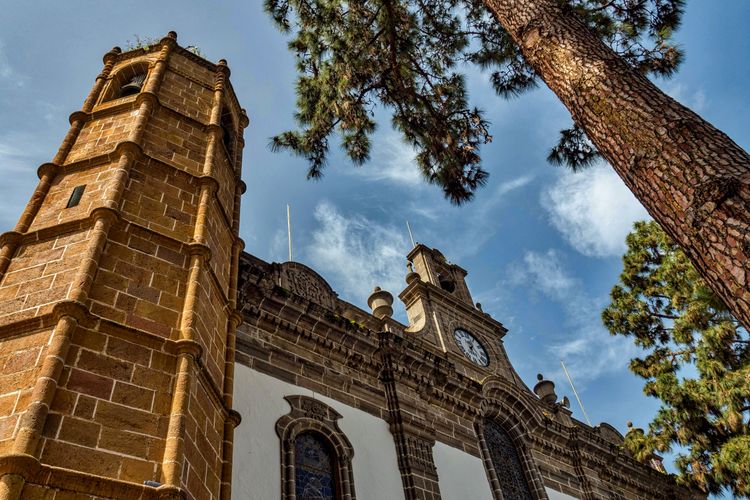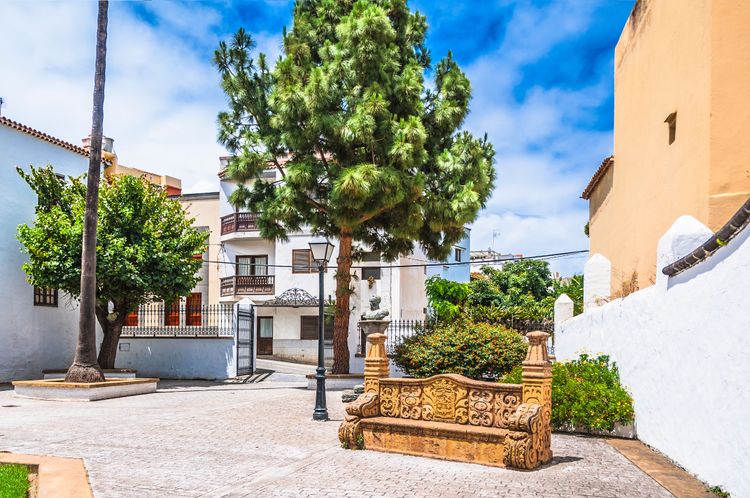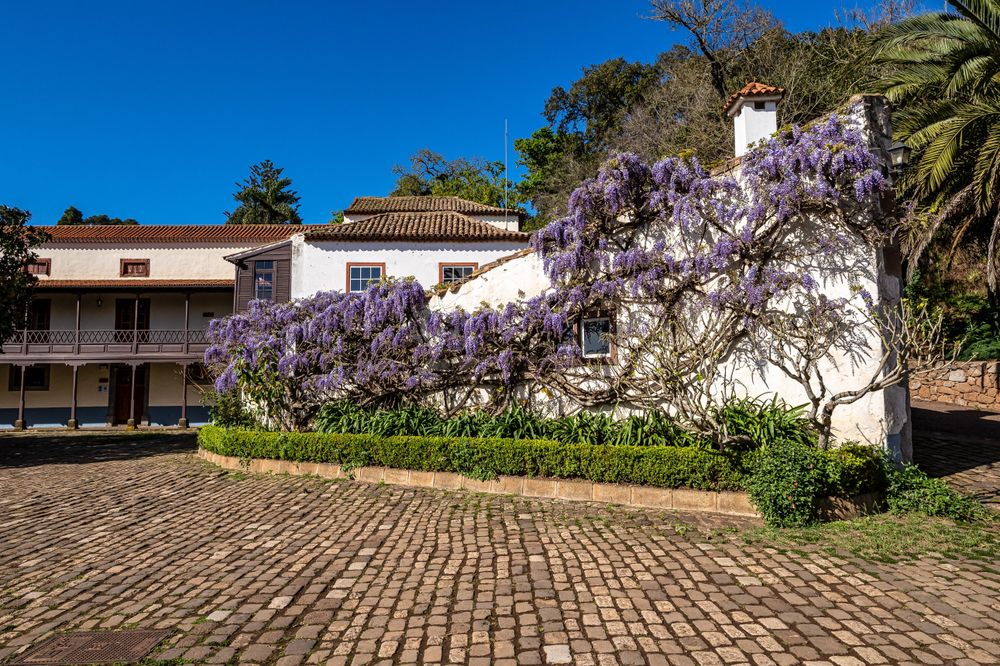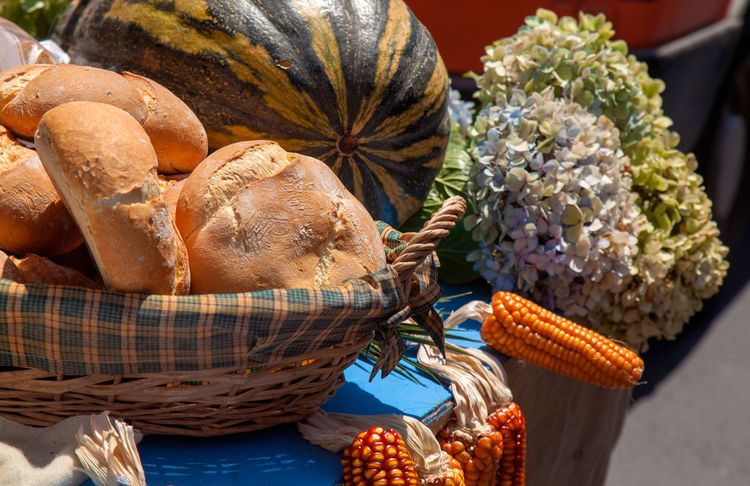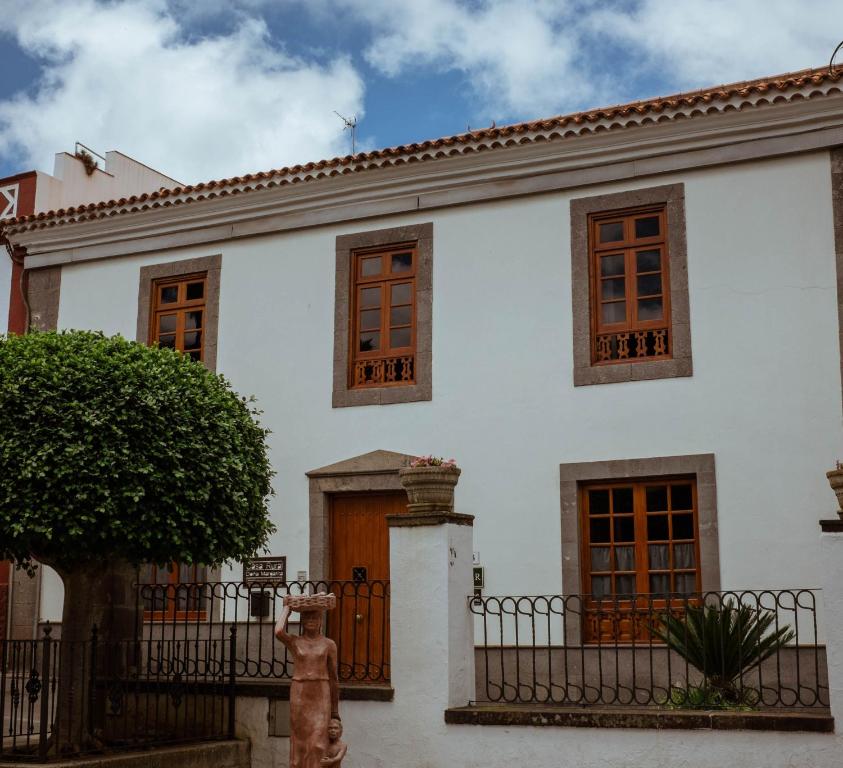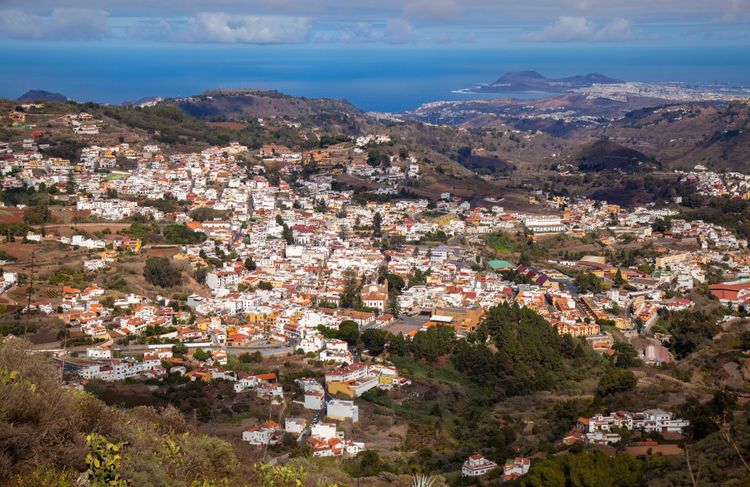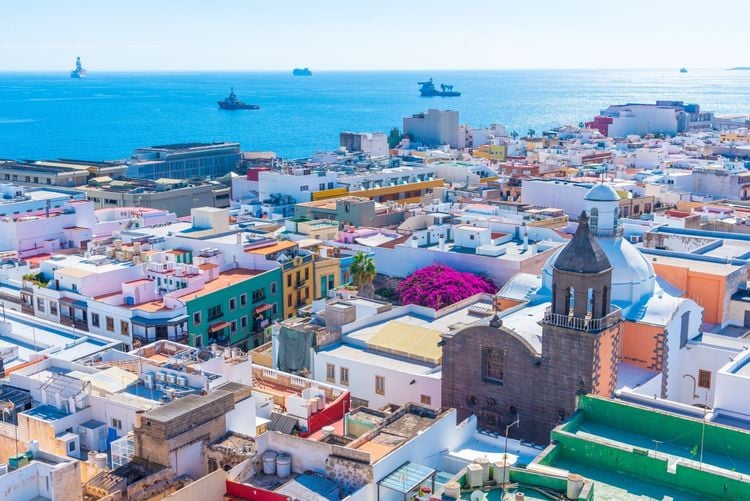What to do in Teror?
A stroll through the little streets of Teror
In the historic centre of the town of Teror, more specifically in the Plaza del Pino, stands the famous Basilica of Nuestra Señora del Pino. Home to one of the most venerated virgins in the Canary Islands, the Virgin of El Pino, Patron Saint of the Diocese of the Canary Islands, it is the most important building in the municipality and one of the most outstanding examples of religious architecture in the Canary Islands. Built around 1760, it is the main Marian temple on the island and also the first to receive the title of Basilica from the Holy See. Declared an Asset of Cultural Interest in 1976, it is now a popular meeting point and pilgrimage site throughout the year.

